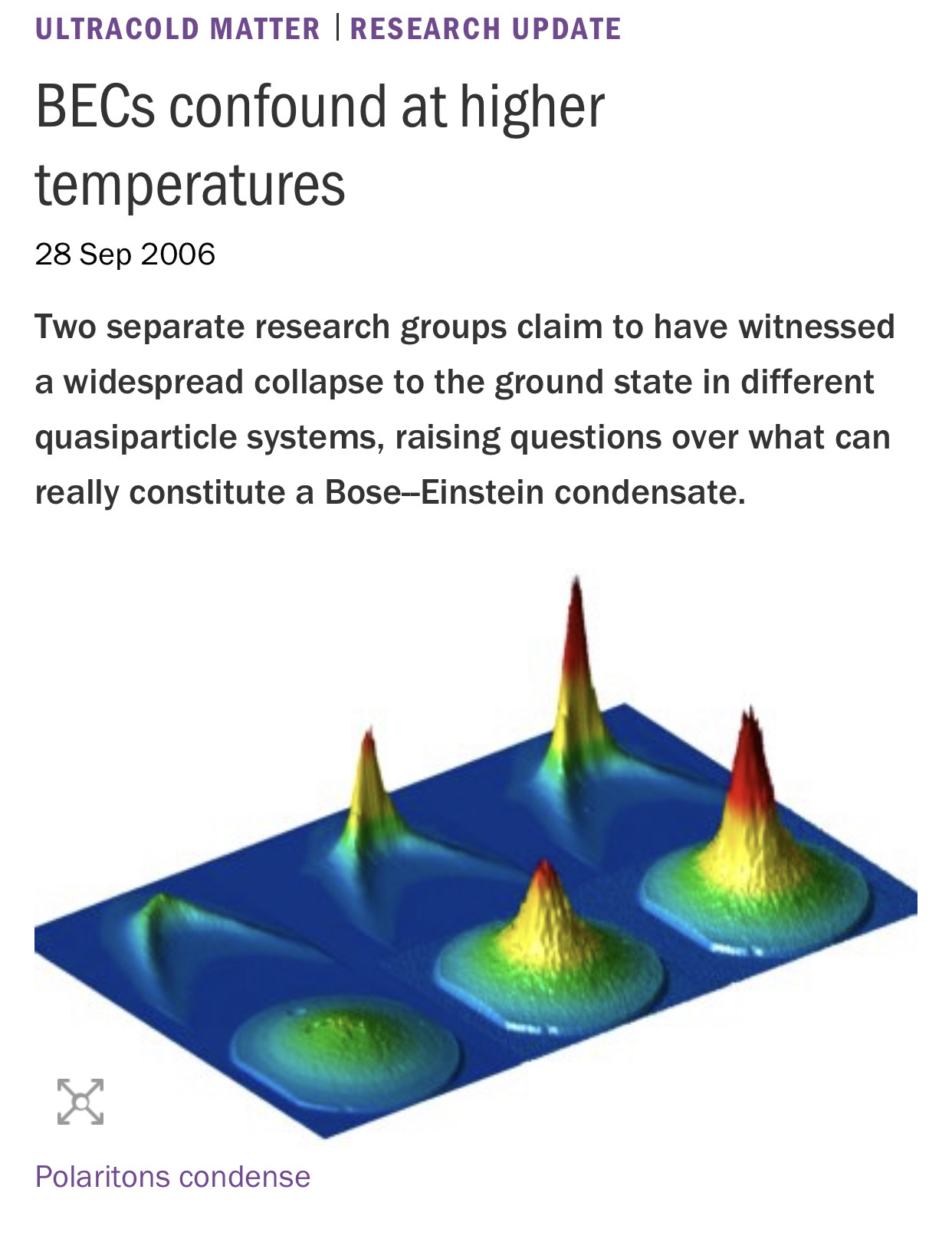Notice: Undefined index: tg1tga_access in /home/admin/www/anonup.com/themes/default/apps/timeline/post.phtml on line 396
Here, we demonstrate that the piezoelectric and liquid-crystalline properties of M13 bacteriophage (phage) can be used to generate electrical energy. Using piezoresponse force microscopy, we characterize the structure-dependent piezoelectric properties of the phage at the molecular level. We then show that self-assembled thin films of phage can exhibit piezoelectric strengths of up to 7.8 pm V− 1. We also demonstrate that it is possible to modulate the dipole strength of the phage, hence tuning the piezoelectric response, by genetically engineering the major coat proteins of the phage. Finally, we develop a phage-based piezoelectric generator that produces up to 6 nA of current and 400 mV of potential and use it to operate a liquid-crystal display.
Notice: Undefined index: tg1tga_access in /home/admin/www/anonup.com/themes/default/apps/timeline/post.phtml on line 396
Notice: Undefined index: tg1tga_access in /home/admin/www/anonup.com/themes/default/apps/timeline/post.phtml on line 396
Notice: Undefined index: tg1tga_access in /home/admin/www/anonup.com/themes/default/apps/timeline/post.phtml on line 396
Notice: Undefined index: tg1tga_access in /home/admin/www/anonup.com/themes/default/apps/timeline/post.phtml on line 396
In 1999 condensation was demonstrated in antiferromagnetic TlCuCl3,[16] at temperatures as large as 14 K. The high transition temperature (relative to atomic gases) is due to the small mass (near an electron) and greater density. In 2006, condensation in a ferromagnetic Yttrium-iron-garnet thin film was seen even at room temperature[17][18] with optical pumping. Condensation was reported in gadolinium in 2011.[19] Magnon BECs have been considered as qubits for quantum computing.
Notice: Undefined index: tg1tga_access in /home/admin/www/anonup.com/themes/default/apps/timeline/post.phtml on line 396
Notice: Undefined index: tg1tga_access in /home/admin/www/anonup.com/themes/default/apps/timeline/post.phtml on line 396
The process of transformation of viral components into organized solid particles is known as crystallization. The inactive form of the virus can be changed into crystals and it includes a large number of viral particles.
Notice: Undefined index: tg1tga_access in /home/admin/www/anonup.com/themes/default/apps/timeline/post.phtml on line 396
Notice: Undefined index: tg1tga_access in /home/admin/www/anonup.com/themes/default/apps/timeline/post.phtml on line 396

Oxidative Stress in Schizophrenia
Increasing evidence indicates that oxidative damage exists in schizophrenia. Available literature about possible mechanisms of oxidative stress induction was reviewed. Furthermore, possibilities of measuring biomarkers of schizophrenia outside the central ...
https://www.ncbi.nlm.nih.gov/pmc/articles/PMC3131721/Notice: Undefined index: tg1tga_access in /home/admin/www/anonup.com/themes/default/apps/timeline/post.phtml on line 396

Oxidative Stress in Schizophrenia: An Integrated Approach
Oxidative stress has been suggested to contribute to the pathophysiology of schizophrenia. In particular, oxidative damage to lipids, proteins, and DNA as observed in schizophrenia is known to impair cell viability and function, which may subsequently ...
https://www.ncbi.nlm.nih.gov/pmc/articles/PMC3021756/Notice: Undefined index: tg1tga_access in /home/admin/www/anonup.com/themes/default/apps/timeline/post.phtml on line 396

Oxidative stress in schizophrenia: An integrated approach - ScienceDirect
Oxidative stress has been suggested to contribute to the pathophysiology of schizophrenia. In particular, oxidative damage to lipids, proteins, and DN…
https://www.sciencedirect.com/science/article/abs/pii/S0149763410001727Notice: Undefined index: tg1tga_access in /home/admin/www/anonup.com/themes/default/apps/timeline/post.phtml on line 396
Notice: Undefined index: tg1tga_access in /home/admin/www/anonup.com/themes/default/apps/timeline/post.phtml on line 396
Notice: Undefined index: tg1tga_access in /home/admin/www/anonup.com/themes/default/apps/timeline/post.phtml on line 396
Notice: Undefined index: tg1tga_access in /home/admin/www/anonup.com/themes/default/apps/timeline/post.phtml on line 396
Notice: Undefined index: tg1tga_access in /home/admin/www/anonup.com/themes/default/apps/timeline/post.phtml on line 396
Glutathione is the most prominent antioxidant found in brain cells. Some studies have found a lack of glutathione in people experiencing psychosis, specifically in the cingulate cortex — a part of the brain associated with emotion regulation, which is highly important in schizophrenia.
Notice: Undefined index: tg1tga_access in /home/admin/www/anonup.com/themes/default/apps/timeline/post.phtml on line 396
Notice: Undefined index: tg1tga_access in /home/admin/www/anonup.com/themes/default/apps/timeline/post.phtml on line 396
Notice: Undefined index: tg1tga_access in /home/admin/www/anonup.com/themes/default/apps/timeline/post.phtml on line 396
Notice: Undefined index: tg1tga_access in /home/admin/www/anonup.com/themes/default/apps/timeline/post.phtml on line 396
God bless.

